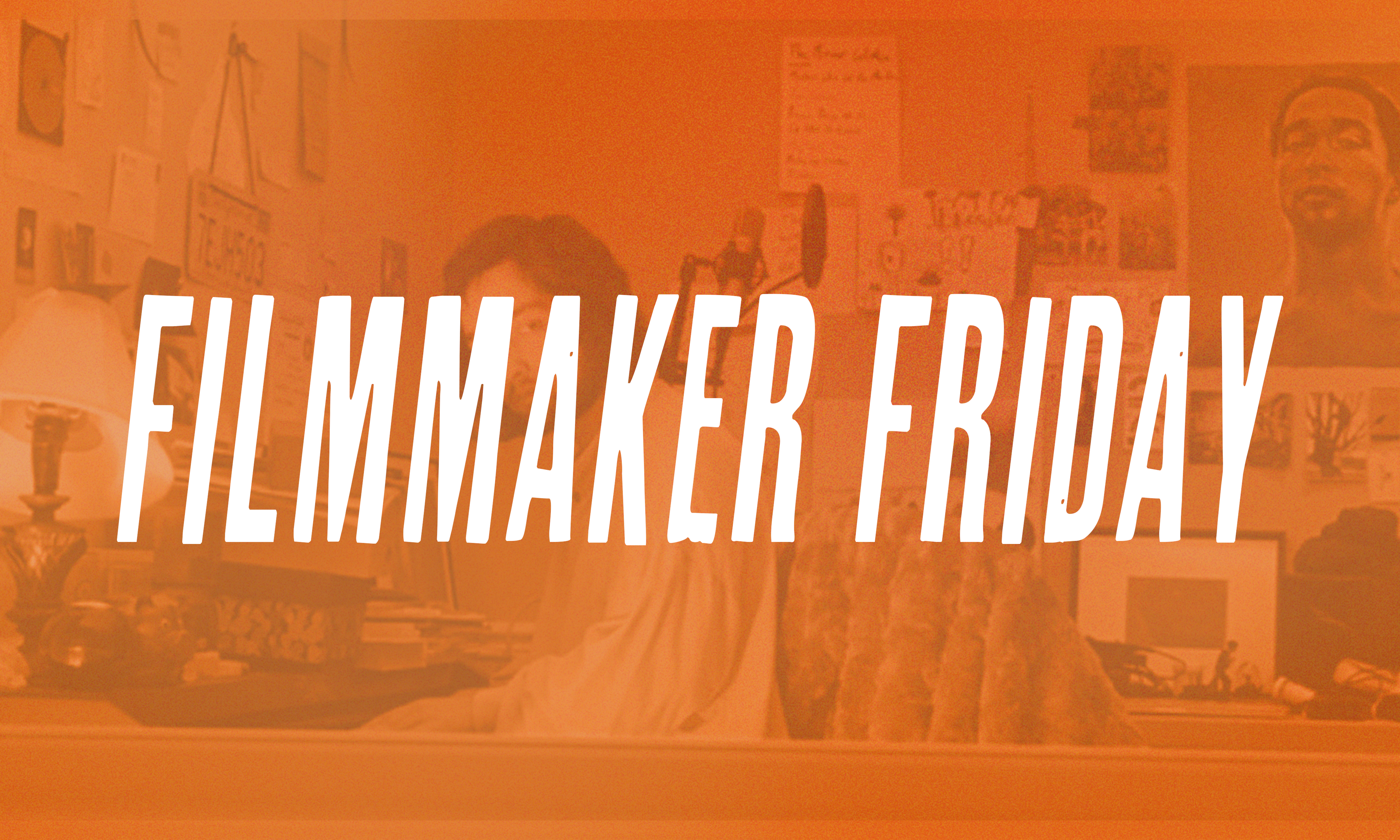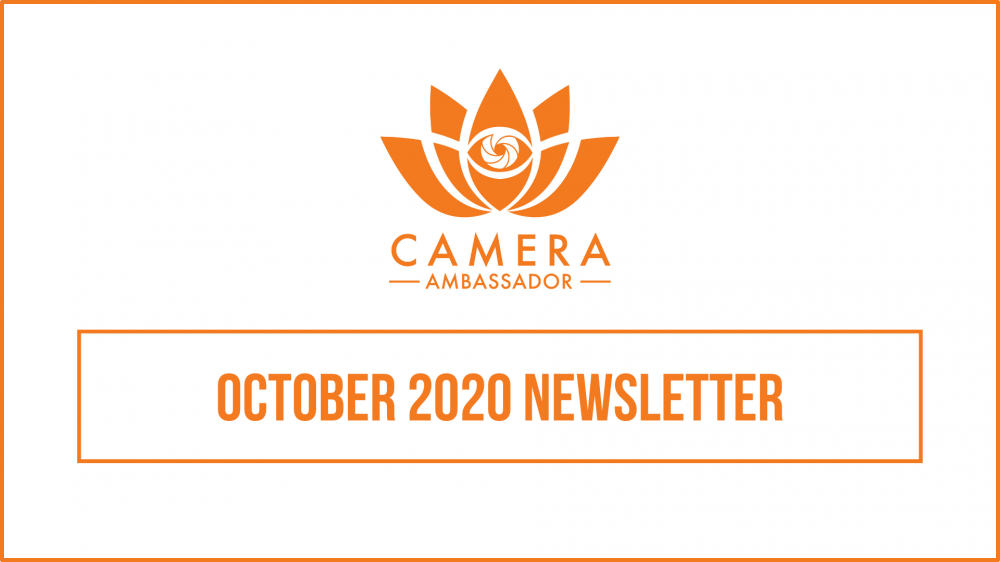Several weeks ago, director & writer, Solveig Herzum (carefully!) waded back to set with the production of her upcoming short film, Morning After. Below is blog a she graciously penned for us about the experience (including document and waiver references)!
A month ago, a small team and I shot a short film, Morning After, right in the midst of COVID-19, just as cases were stabilizing and life seemed to be tentatively returning to activity. We thought: we have a meaningful story to tell and a team willing to jump through hoops to tell it, let’s do what we can to make this successful and safe. Four days, eight crew members, three cast, and a lot of careful planning is what it took to ultimately pull off.
As a non-union, small-budget project, we weren’t bound by SAG-AFTRA safety rules and chose instead to develop our own, even more strict, protocols that took into consideration the particular needs of our set and crew. Associate Producer, Grace Hahn and I were committed to an egalitarian process structured around a culture of active consent. We made clear from the start - every member of the team had the power and agency to say “I’m uncomfortable or feel unsafe” and the whole set would stop until the issue was resolved. In a world where art-making often becomes a race against time in a desperate struggle for productivity and profit, we wanted to make clear now more than ever, our health and well-being comes first.

In on-boarding team members, we had everyone sign a COVID-19 waiver, both to cover our own potential liability and to hold each of us accountable to the same standards of safety. We required team members to disclose recent travel and any risk of COVID-19 contact, to have a negative COVID-19 test prior to the set, and to self-isolate to the best of their ability between their test and the completion of our shoot. The biggest challenge we encountered was getting everyone cleared with a negative COVID-19 test in time. We had planned our dates around a 2-3 day test result turnaround, but the first week of August happened to be the week there was a national test processing backlog, so we had to postpone our shoot dates to give everyone time to get their results. Of course, that also increased the risk that someone may have gotten COVID-19 in the days since their test - it’s much easier to ask our team to isolate for a few days than for over a week, especially with work and roommates and families in the mix. Although having recent negative tests from cast and crew made us all feel safer, it was certainly not a reason to lighten up on all our other ongoing safety protocols.
Morning After takes place over a variety of indoor and outdoor locations: three different house interiors, a beach, a pharmacy, and a car. The key to being able to shoot all these various locations safely was getting creative in converting rooms in my family’s home to stand for all the different house interiors. A production design challenge, but one that was most definitely worth the flexibility and control we gained by shooting in one home location. As our base camp, we were able to have complete control over sanitation and people coming in and out of the space, were able to cook and handle all food on our own, and keep a tight lock on safety protocols. Our other interior shoot was a few quick hours in a local pharmacy (thank you Simply Pure Rx!) that allowed us access on a Sunday when they were closed. The outdoor scenes were more tricky from a technical perspective (and some really hot summer days!), but much easier in managing COVID-19 safety and social distancing.

On set, we followed a strict list of protocols. We went through the whole list in our Zoom crew meeting (read it here) and reviewed it each day at the start of set. Some main points were:
- Everyone wore masks and kept a distance at all times, with the exception of actors when the camera was rolling.
- Only relevant departments (camera, G&E, sound, costumes) could touch their equipment to reduce contamination on surfaces.
- Everyone sanitized their hands hourly and washed them before meals.
- Cast and crew were only indoors when absolutely necessary (to set up or shoot a scene) and waited outdoors in the backyard in between.
- Food was cooked and served by a designated craft lead, snacks were all individually wrapped and disposable plates and silverware were provided.
- Car pickup and drop off was organized for anyone who couldn’t drive themselves, so no one was taking public transportation or Ubers.
- Everyone was health screened (questionnaire here) and had their temperature taken at the start of each set day.
- The locations were sanitized at the beginning and end of each day.
With buckets of hand sanitizer and plenty of PPE, we embarked on this mad journey to make a short film in a pandemic. We quickly fell into a rhythm and soon shot-listing through masks, going outside to chat, speaking to each other from a distance, all felt as normal as it could. Of course, you can plan every detail and make rules all you want, but it’s up to each person to hold themselves and each other accountable. We were really lucky to have a team of badass majority women who took safety and health incredibly seriously.
And we weren’t perfect! We definitely had times when actors forgot to put their masks back on after a take, or people were eating outdoors and sitting too close to each other, or there were too many people in a cramped bathroom space. We had a day player actor who hadn’t had time to get their test results, so we all had to consent to allow them on set. One completely unexpected challenge was that we were hit with a tornado and had to take cover in the basement for a few hours, forcing us all to be indoors at the same time. On day four we were just getting into the hang of it all, feeling like we could do this for many more shoot days, so glad to be back on set creating something meaningful with each other. I found myself forgetting that this wasn’t how film sets used to be, was there even a time when we didn’t wear masks and lounged around chatting on the couch in between takes?

In all honesty, it was stressful. I would wake up in the middle of the night in a panic that someone on our set would contract COVID-19 as a result of putting their trust in us. Everything took more time and had to be more deliberate and planned out; anxiety and uncertainty were in the air. But we also managed to have fun and create a space of shared responsibility and care. Doing a set this way reminded us to be constantly checking in with each other about how we’re doing, how we’re feeling, what we actually need. It forced us to be more mindful and conscious about not pushing ourselves and our bodies too far for the sake of a film. It proved that we can still make something beautiful within new structures of engagement. It’s not just a rote “this is what a professional film set is like” anymore because the rules are being re-written. We get to decide, together, how we take every step.
The two weeks after set were the worst part, what with constantly monitoring symptoms, constantly checking in with the team to make sure they weren’t sick, constantly terrified one of us would develop COVID-19. Part of the COVID-19 waiver requirements was for everyone on set to notify us about their health two weeks out. Like waiting for a rumbling volcano to explode, we kept close watch. At the two week mark, I got COVID-19 tested to confirm I was negative, and we breathed a sigh of relief. We made a film, we were happy with it, and we were all safe and well.
Many many thanks to the whole cast and crew, everyone involved for their support, and to Camera Ambassador for their ongoing championing of filmmakers in Chicago.



